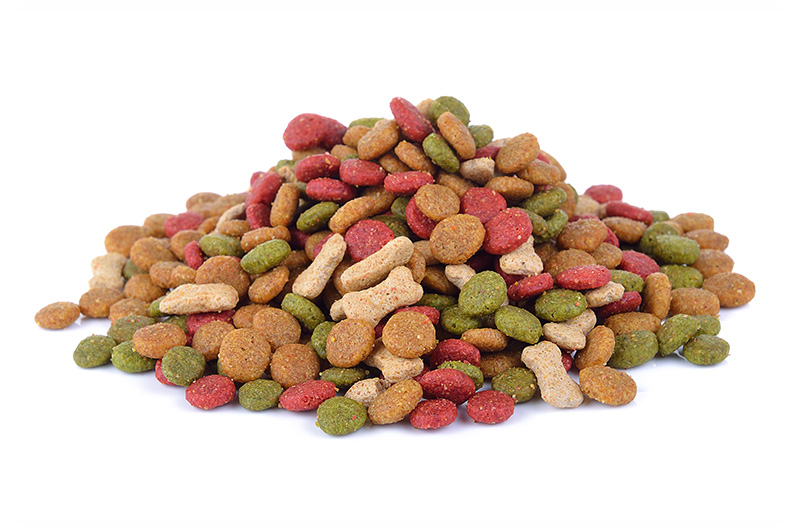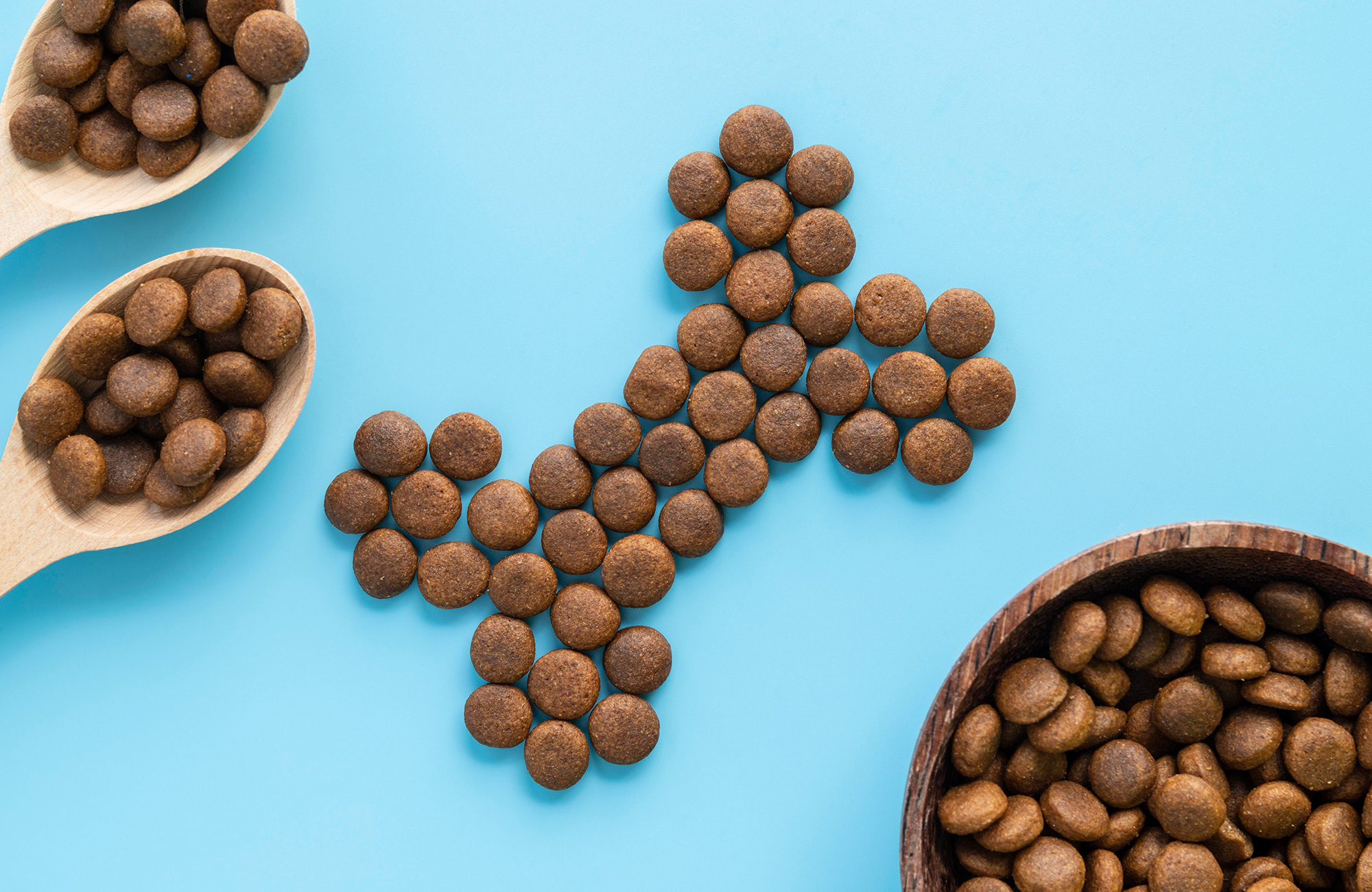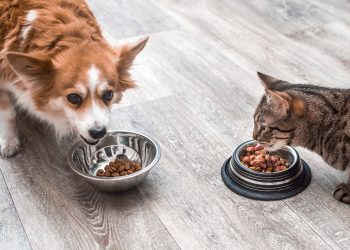Chronic kidney disease affects many older dogs and cats. Proper diet is crucial for managing this condition. While Hill’s is a leading brand, there are other pet food manufacturers offering suitable alternatives.
Understanding Kidney Disease in Pets:
Approximately 10% of dogs are diagnosed with kidney disease, with older canines being more susceptible. A proper diet tailored for renal failure can help manage and improve the condition.

Hill’s Dog Food:
Hill’s dog food is formulated specifically for dogs with kidney issues, balancing ingredients like pork liver, chicken, and chicken fat. It’s low in sodium and rich in nutrients beneficial for the urinary tract. However, some batches have been recalled due to high vitamin D levels, which can be harmful.

How Hill’s Benefits Pets with Kidney Issues:
Hill’s dog food:
- Improves kidney function.
- Supports muscle maintenance.
- Manages symptoms related to deteriorating kidneys.
- Enhances nutrient absorption.
- Slows the progression of kidney disease.
It’s essential to consult with a veterinarian before switching to Hill’s, especially for healthy pets.

Alternatives to Hill’s:
Due to concerns about vitamin D levels in Hill’s products, pet owners are exploring other brands. Some alternatives include:
- Royal Canin Mature 8+ Appetite Stimulation Canned Dog Food
- Blue Buffalo Natural Veterinary Diet KS Kidney Support
- Purina Pro Plan Veterinary Diets NF Kidney Dog Food
- And more…
Cats and Kidney Disease:
Cats can also suffer from kidney issues. While prescription diets can help manage the condition, it’s essential to transition healthy cats gradually and under a veterinarian’s guidance. Kidney support cat foods are typically low in fat and sodium.

Caloric Intake:
A 13-ounce can of Hill’s Prescription Diet Kidney Care contains 447 calories. Caloric needs vary based on a pet’s weight. For instance, a German Shepherd requires about 1,750 to 2,100 calories daily, while a Chihuahua needs around 320 calories. Monitoring calorie intake is vital for maintaining a pet’s health.
While Hill’s offers specialized food for pets with kidney issues, it’s crucial to be informed about alternatives and consult with a veterinarian before making dietary changes. Proper diet and care can significantly improve the quality of life for pets with kidney disease.

Next on your reading list:











